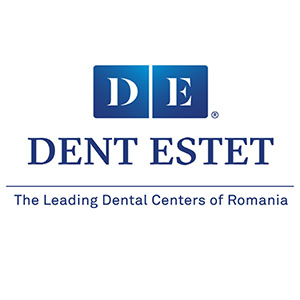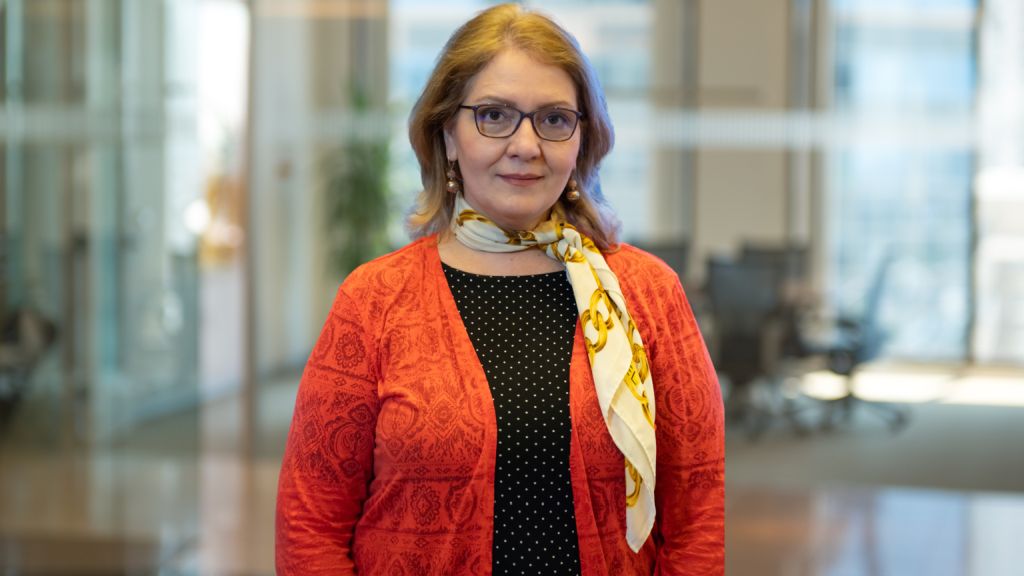Q: The first quarter of 2015 brought an unexpected GDP increase of over 4% compared to Q1 2014, exceeding the most optimistic estimates made by analysts and authorities. Do you think that is a trend that may continue in the rest of the year? Give us your personal opinion on the evolution of the Romanian economy in 2015.
Dr. Oana Taban: As an entrepreneur who reached a 30% growth of the business turnover during the depression, I strongly believe that the GDP oscillations offer us a projective perspective on the evolution of the economy for the next period of time. For the premium businesses, we are faced with a paradox that sums up to spending more on quality services/ products when you have less or when you don’t know what the economy will offer you in the future. You invest more for long lasting solutions and you tend to research a lot before taking any decision. And when it comes to dental and general health, you need to be well informed before taking any steps forward. The GDP report points out the fact that Romanians can be more confident in the national economy and start investing again. But unfortunately, we are witnessing a slow economic development, comparing to other countries in the European Union, and because of that a great percentage of new businesses fail during their first 2 years of activity.
Q: Which are the main engines that could sustain a more important growth this year and beyond?
Dr. Oana Taban: I think the key to solving part of the financial problems is investing more in keeping our specialists to practise in their own country and not choosing to live in countries like the USA, Germany, France etc., and this includes adjusting the annual budget for doctors and creating better work conditions for them and their patients. This is definitely one of the most natural and flawless solution that could sustain the Romanian economy. Besides that, the government should focus on developing more programs that sustain entrepreneurship, instead of bearing it under bureaucracy. For example, countries like Poland or Hungary, with a tradition in dental tourism, invest in their healthcare system and also in promoting the good image of their country. By doing these, the dental clinics have more chances to attract foreigners for premium dental treatments.
Our problem is that we are not focused on exploiting what we have (like agriculture), but we’d rather concentrate on new solutions that could or could not work. Which is not a bad thing, but also not quite an efficient strategy for a system that still needs consolidation.
Q: How have you perceived (if so) this positive evolution in your business? Have you noticed any positive developments / trends? Or, on the contrary? Please, detail.
Dr. Oana Taban: As I’ve declared before, the easier access to information in the past years has determined patients to be more careful about the choices they make. They have higher standards and greater expectations for their health services provider and this has determined the main players to invest more in innovative technologies, in training their team of specialists and in introducing to the market new services that fulfil a potential need. The results are visible, the market is growing and the overall quality of dental services improved considerably in the latest years. For our business, these translate in a less effort towards educating the market regarding the need of complex treatments, but more on choosing the right solution. This is the reason we have a growth of 20% on requests for the Implant Division in the first semester of 2015, compared to the same period of time last year.
Q: Which were the main events and trends that have marked your industry and, in particular, your activity last year? How has the market changed? Which were the main drivers of your activity?
Dr. Oana Taban: You can easily observe the fact that there is a higher interest in healthcare marketing, but also in improving the management systems in dental clinics. By opening DOM School, the first dental office management school in Europe, we managed to train more than 100 managers and dental clinic owners since the beginning of 2014 and we are starting to see the results.
We are glad that this happened because, this way, they help grow the market and educate the patients. For us, the main focus for 2015 is to consolidate our leadership in dentistry and on the implantology segment.
Q: Which are your expectations / plans for 2015? Which are the main opportunities and risks in your industry?
Dr. Oana Taban: DENT ESTET is the Romanian dentistry market leader since 1999, and most of the changes in this market were generated by the innovations we have introduced in this period of time. One of the opportunities consists in having more and more informed patients who understand the importance of a specialized and professional team, but this is also a result of the many educational programs we have developed in the past years. What the dentistry market needs to understand is that, without educating the patients and pointing out the reality that the more they postpone the visit to the dentist, the higher the chances of having dental problems are, we will never be able to prioritize our health and invest in it at the right time and costs. And this is why we choose to focus mainly on the educational strategy this year.
Only by investing in education and improving the quality of dental services, we will be able to have healthier generations.
Q: How do you assess the current business climate (in every respect)? What has changed in the recent years? What are the main problems which you are facing?
Dr. Oana Taban: I think we are on a good trend, but unfortunately the market is still segmented and you can see a significant difference between the top dental clinics and the rest of the dentistry market in terms of technology, the range of available treatments, management, patient care and also marketing tools. There are no problems that can’t be fixed with the right solutions and, unfortunately for us, we still have to work on the lack of interest from the local authorities in sustaining dental education programs, the poor importance offered to some vital niches in dentistry like the pediatric dentistry, the bureaucracy when it comes to applying for European Funds etc.






























